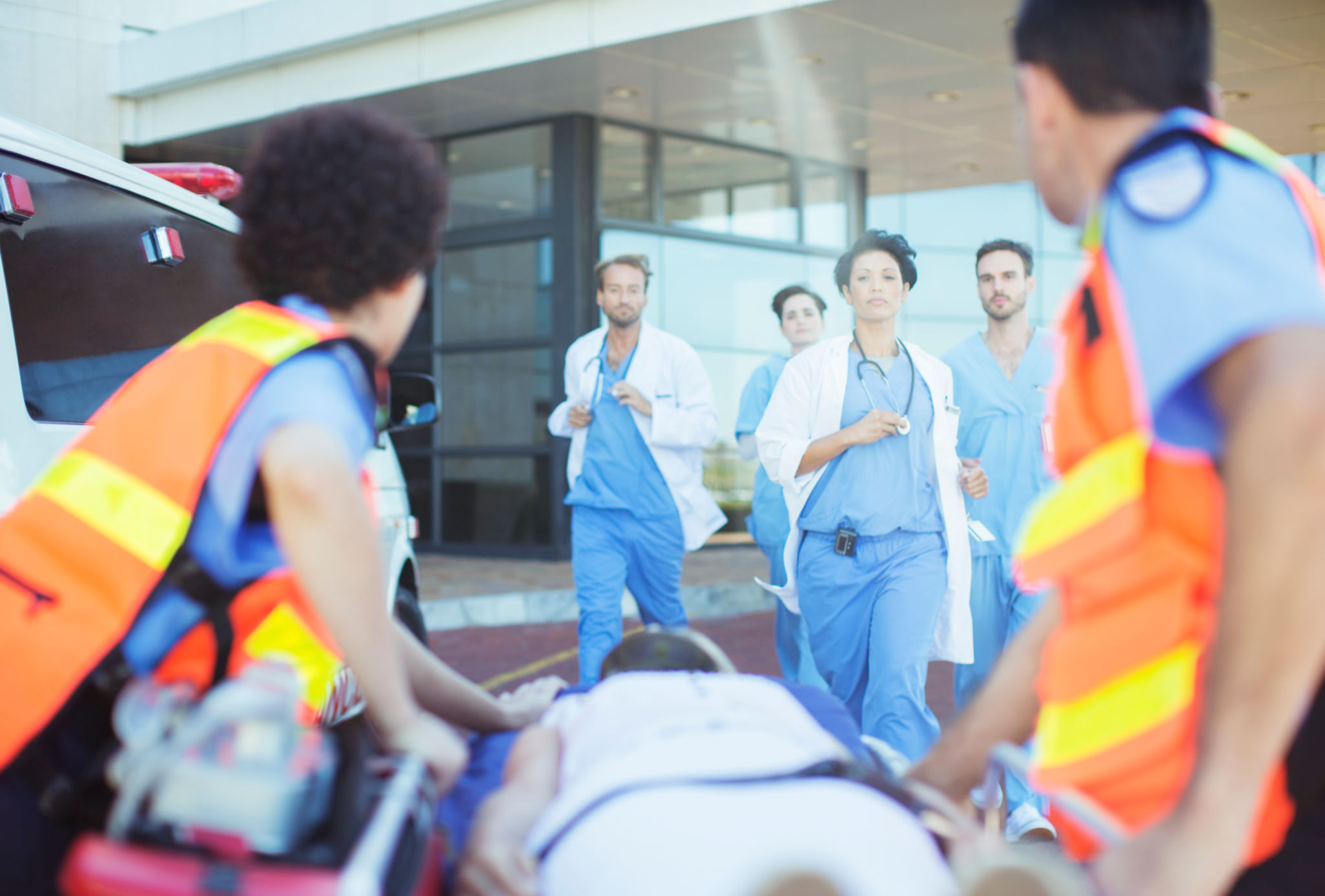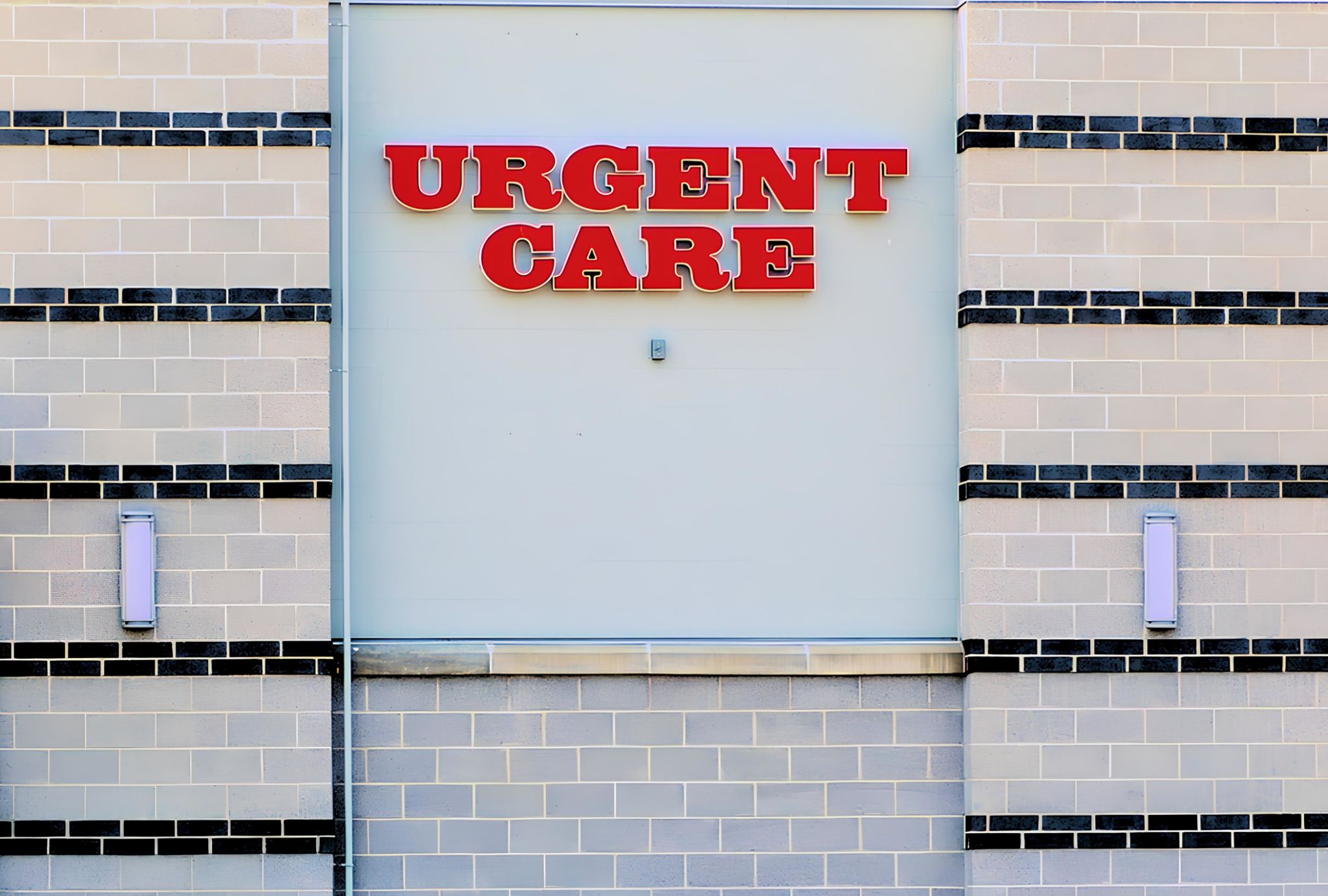Understanding the Role of Standby Medical Teams in Emergency Situations
Introduction to Standby Medical Teams
In emergency situations, the presence of standby medical teams is crucial for providing immediate and effective medical care. These teams are specially trained to handle a variety of urgent medical scenarios, from natural disasters to major public events. Understanding their role can help us appreciate their importance in saving lives and ensuring public safety.
Standby medical teams are typically composed of a diverse group of healthcare professionals, including paramedics, nurses, and doctors. Each member brings a unique set of skills and expertise, enabling the team to provide comprehensive medical care under pressure.

Key Responsibilities of Standby Medical Teams
Rapid Assessment and Triage
One of the primary responsibilities of standby medical teams is to perform rapid assessment and triage. This involves quickly evaluating the condition of patients and prioritizing them based on the severity of their injuries or illnesses. By doing so, they ensure that those who need urgent care receive it promptly.
On-Site Medical Treatment
After triage, standby medical teams provide on-site medical treatment to stabilize patients before they are transported to a hospital. This can include administering medications, performing CPR, or even conducting minor surgical procedures. Such immediate interventions can significantly improve patient outcomes.

Coordination with Emergency Services
Standby medical teams work closely with other emergency services, such as fire departments and law enforcement agencies. Effective communication and coordination ensure that resources are used efficiently and that all aspects of the emergency response are aligned. This collaboration is vital for managing large-scale emergencies where multiple agencies are involved.
In addition to coordinating with other services, these teams also play a crucial role in communicating with hospitals to prepare for incoming patients. This preparation allows hospitals to allocate resources effectively and provide the necessary care as soon as patients arrive.

The Importance of Training and Preparedness
Regular Drills and Simulations
To maintain their readiness, standby medical teams undergo regular training drills and simulations. These exercises help team members practice their skills in realistic scenarios, ensuring they are prepared for any situation they might encounter. Continuous training also allows teams to stay updated on the latest medical practices and technologies.
Community Awareness and Education
Beyond their immediate responsibilities in emergencies, standby medical teams also play a role in community education. By conducting workshops and seminars, they raise awareness about emergency preparedness and first aid, empowering individuals to take appropriate actions during emergencies.
The impact of standby medical teams extends beyond the immediate response. Their efforts in training and community education contribute to building a more resilient society that can effectively handle emergencies when they arise.
